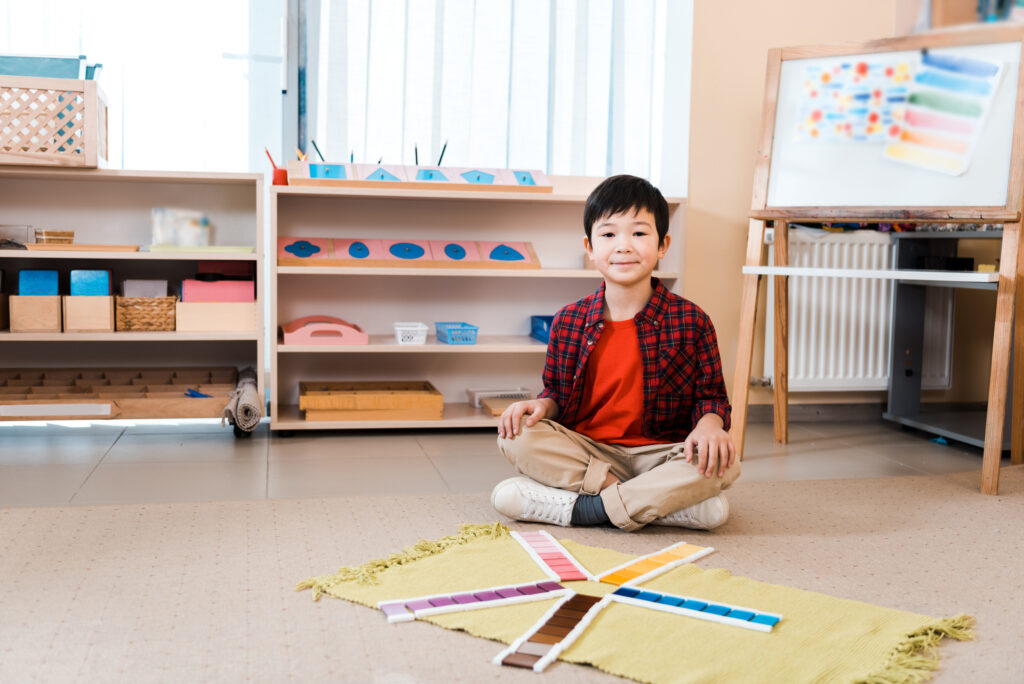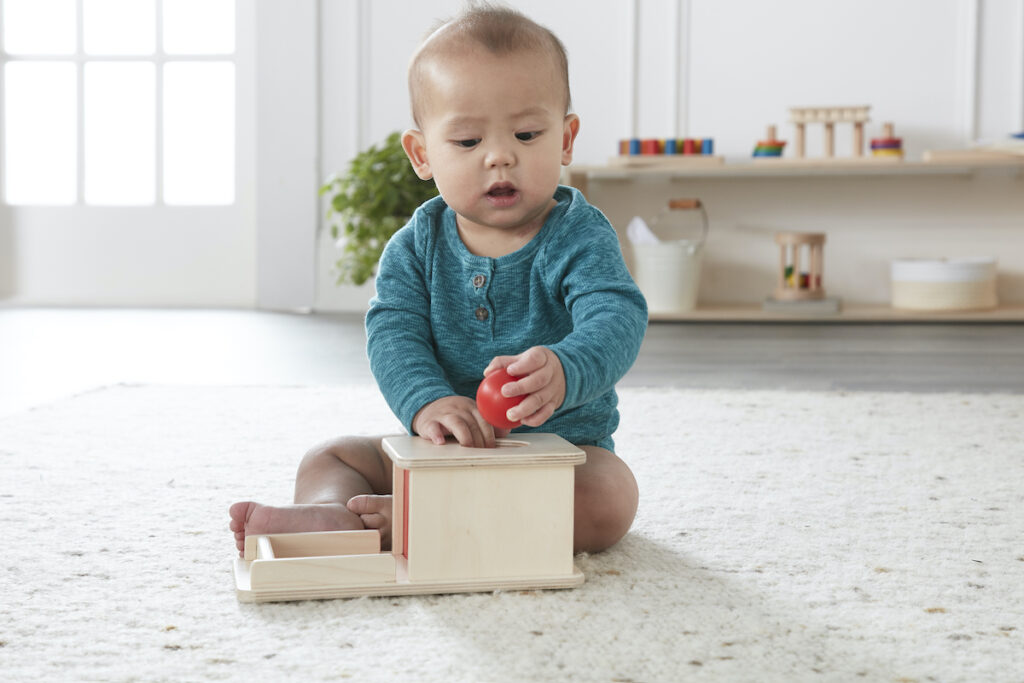Life isn’t all fun and games, and though we want the very best for our children, there will be times when the going gets tough. For this reason, it’s important that children develop resilience, the ability to cope when things go wrong and to overcome unexpected challenges in their life.
Resilience can help children manage a stressful move to child care, deal with the loss of a grandparent or bounce back from a scary injury.
According to Harvard University, resilience helps some, but not all, children to do well despite facing significant hardships, like abuse, in their early years. This week we look at Harvard University’s understanding of resilience, and see how you can help build this trait in your youngster.
What does resilience look like?
Resilience is coping with life’s ups and downs. Harvard University says that, ‘One way to understand the development of resilience is to visualise a balance scale or seesaw’ – with protective experiences and coping skills on one side, and adversity on the other.
By this rationale, resilience is shown when a child’s health and development tips towards the ‘positive outcomes’ side of the seesaw, even when the ‘negative outcomes’ side is loaded with hardships.
This seesaw doesn’t just move up and down. The good news is that as the child has positive life experiences and builds their coping skills, the balance point in the middle of the seesaw can shift sideways, making it easier for the child to tip towards a positive outcome.

How can you see this idea in action?
To help you visualise the balance scale-seesaw concept, Harvard has developed ‘Tipping the Scales: The Resilience Game‘. With a SimCity feel, this game lets you build resilience in a virtual community and see the power of positive experiences, such as greater access to affordable early learning programs.
What factors affect a child’s ability to develop resilience?
Relationship-building is at the heart of resilience-building and according to Harvard University (and other child health experts), ‘The single most common factor for children who develop resilience is at least one stable and committed relationship with a supportive parent, caregiver or other adult.’
This is because supportive, responsive and personalised adult-child relationships ‘buffer children from developmental disruption’ and help them build adaptive skills (e.g. around behaviour) to cope with adversity and thrive.
Other factors that can tip the seesaw towards a positive outcome are when a child:
- Feels that they have control and believe that they can achieve their goals
- Is given opportunities to strengthen their adaptive skills and ability to self-regulate
- Draws on cultural traditions, hope and faith
When it comes to coping well with ‘serious hardship’, Harvard also recognises that some children have a biological resistance to adversity. This means that their genes, when combined with strong relationships, help them deal with very tough times better than other children.

Is all stress harmful for children?
Spending that first day away from Mummy or getting a vaccination might not be enjoyable for a young child, but this kind of ‘positive stress‘ is an important part of life.
Experiences that briefly raise the heart rate and mildly heighten stress hormone levels teach children how to cope with ‘manageable threats’ and build their resilience. Which means that with support from grown-ups, some short-term stress can be a positive in the long-term.
Is resilience only built in childhood?
Luckily for us adults, Harvard says, ‘It is never too late to build resilience.’ Regular exercise, stress-reduction methods (like meditation) and programs that help you hone your self-regulation and goal-setting skills can help grown-ups recover from stressful experiences and cope with tough times.
Life may not be a walk in the park, but with a focus on positive experiences and adaptive coping skills, the resilience seesaw can offer a happier outcome.


